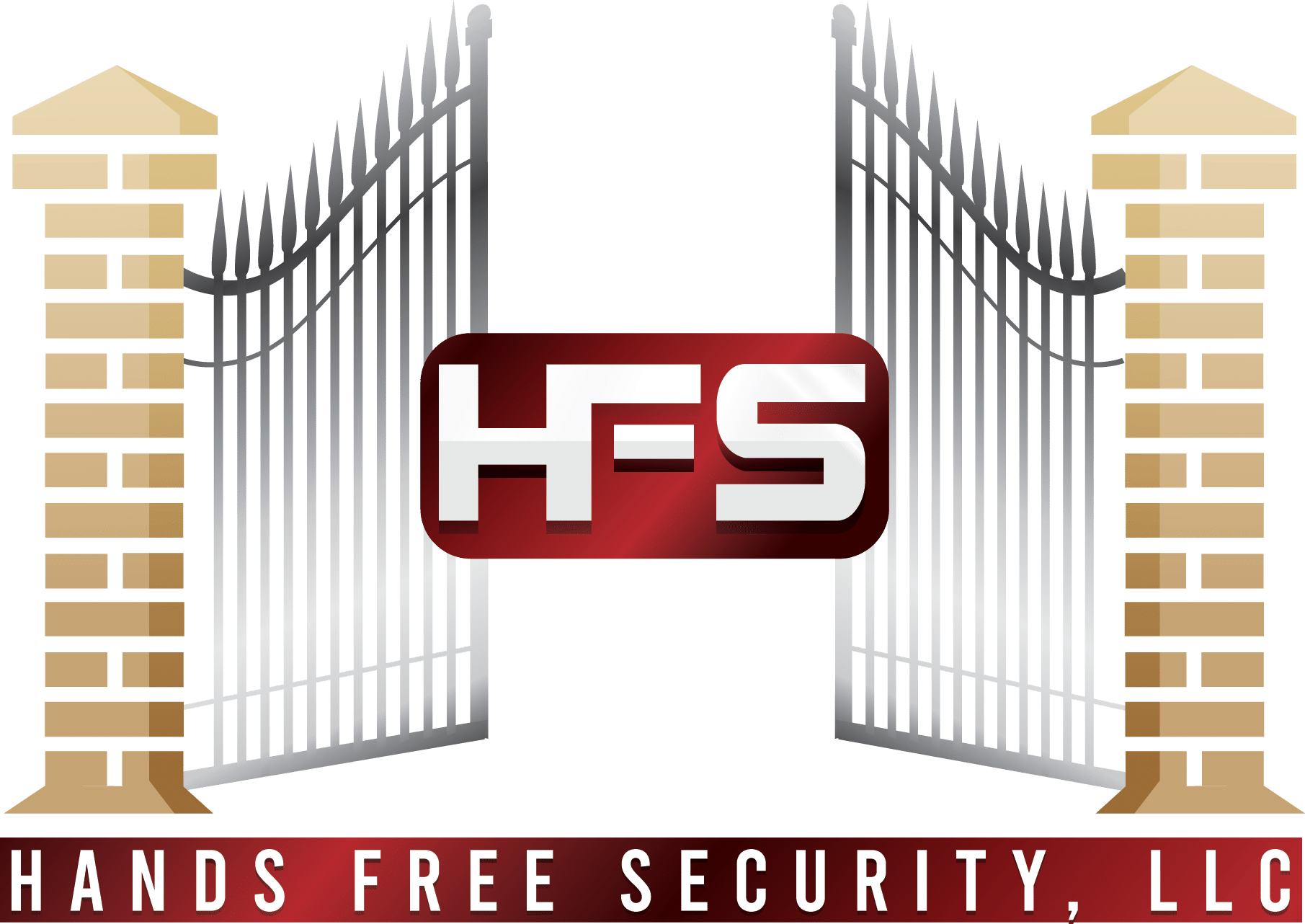As we head into November, many homeowners in Southwest Florida pause to reflect on investments that will improve security and comfort for the year ahead. After the storms, vacations, and busier months, this is the moment when upgrading your home’s eyes and ears makes real sense. A well‑executed surveillance camera system installation now means you’ll enter the high season next year with confidence.
The trend is clear: people are no longer content with basic security cameras recording static footage. They want systems that proactively help detect threats, reduce noise, and integrate seamlessly into the home. At Hands Free LLC, we’re seeing that the bar for what counts as a “good” system is moving rapidly. Whether you’re planning a new home surveillance system installation or upgrading an older setup, this month’s trends give a clear roadmap for what to aim for.
AI Intelligence Moves Front and Center
Perhaps the most significant shift in 2025 is the maturation of AI analytics within video systems. It’s no longer about recording everything and hoping you’ll catch something later. Modern camera systems are now able to distinguish people, vehicles, and objects—and filter out irrelevant motion like wind, animals, or drifting leaves. AI helps reduce false alarms drastically (some manufacturers claim up to 99 % fewer false alerts) by recognizing behavior patterns.
With AI built into the cameras themselves (edge computing) or at a hybrid edge‑cloud level, systems act in real time. A camera can flag loitering, someone lingering in a zone at odd hours, or an object left behind. The shift is toward proactive surveillance—catching incidents as they happen instead of only after the fact. That’s a trend heating up here in Southwest Florida this November.
When you pair that intelligence with a fully integrated security surveillance system installation, you’re not just getting footage—you’re gaining an efficient, responsive shield for your home.
Cloud and Hybrid Video Surveillance Models
Another major trend is how footage is stored, managed, and accessed. The old DVR or NVR local storage model is giving way to cloud, hybrid, or cloud‑first architectures. Many new homeowners prefer systems where live view and video playback are accessible via the internet, without being tied to physical hardware in the house.
Video‑as‑a‑Service (VSaaS) models are increasingly common, where a subscription or pay‑as‑you-go structure offers remote access, automatic updates, and scalable storage. Hybrid setups, combining local caching with cloud backup, provide the best of both worlds: redundancy, speed, and data security. These models reduce on‑site maintenance and let your surveillance system grow with your needs.
When homeowners ask for video surveillance system installers near me, they’re often expecting remote management features and cloud flexibility by default now. The expectation has shifted.
Multi-Sensor & Panoramic Cameras
Gone are the days when a single dome or bullet camera could do the job. The trend now is toward multi-sensor units or panoramic cameras that combine several lenses into one device. These can cover a wide field of view without blind spots—ideal for large properties, driveways, pool perimeters, or gated entry zones.
Some models combine directional lenses, infrared sensors, and even thermal modules in the same housing. That means you get color video in daylight, sharp infrared at night, and heat signatures in low-light or smoky conditions. These sophisticated units reduce the total number of cameras needed while increasing situational awareness.
A smartly positioned multi‑sensor camera can eliminate the blind spots that older setups suffer from, making your cctv surveillance system installation more efficient and robust.
5G, Wi-Fi 6E & Network Upgrades
To support higher resolution streams, AI processing, and real-time alerts, network infrastructure becomes more critical than ever. In November 2025, we’re seeing more residential projects request Wi-Fi 6E access, mesh systems, or even dedicated 5G links for camera traffic.
This trend helps ensure that data doesn’t bottleneck and that live viewing and alerts remain smooth. Some homeowners are also separating camera traffic into a dedicated VLAN or network segment to avoid slowing down everyday devices. With more intelligent systems and higher resolution cameras, your surveillance camera system installation has to account for bandwidth and network reliability as part of the design.
Privacy, Security & Device Hardening
As surveillance systems become more capable, the risks to data privacy and hacking increase. Accordingly, one big trend this November is hardened security. Installers are using encrypted streams, secure boot, regular firmware updates, and intrusion detection for camera systems.
Recent research underscores the risks: surveillance cameras in IoT networks face brute-force attacks, zero‑day vulnerabilities, and denial-of-service exploits. A newly proposed AI framework can monitor network traffic and detect anomalies in camera behavior—meaning the system can alert you if one camera is compromised.
For homeowners, this means that a home surveillance system installation must include cybersecurity from the start—not as an afterthought. Strong passwords, network segmentation, and encrypted communication are all part of the checklist now.
Thermal & Low-Light Advances
Night vision has always been a key requirement in Florida homes, and the latest camera systems are pushing that further. Thermal imaging and ultra‑low-light sensors are being added more commonly to residential designs, especially for critical zones like backyards, perimeter fences, or pool areas.
Thermal sensors pick up heat signatures, detecting intruders even in total darkness or fog, while advanced low-light sensors produce color images with minimal lighting. This dual-mode capability makes your system effective 24/7, not just at dusk or in well-lit zones.
In many new surveillance camera system installation projects, these sensors are standard in at least a few key locations, reinforcing your security in tough lighting conditions.
Intelligent Analytics & Integration
Beyond basic motion alerts, modern systems support more advanced analytics: line crossing detection, zone intrusion, loitering alerts, people counting, and even crow behavior detection (to distinguish overhead birds vs. human shapes). These features let your system tailor alerts to what matters most to you.
Integration is equally important. The surveillance system connects to home automation, gate controls, lighting, and even smart locks. That way, when an alert triggers, the system may turn on lights, open gates, or notify you via app. The surveillance becomes part of your home’s automation fabric—not a standalone afterthought.
When homeowners talk about residential gate entry systems installation, they often expect the surveillance system to know and respond in concert—not function separately.
Energy Efficiency & Solar-Powered Cameras
Power draw matters. More homes now demand solar-powered or low-power cameras, especially in areas with limited wiring or outdoor expansions. Advances in camera hardware and energy management allow battery or solar-backed systems to operate reliably for long periods before recharge.
For zones farther from power lines or in hard-to-wire areas, solar and battery camera modules reduce the installation complexity. Many new security surveillance system installation designs incorporate hybrid power models: solar panels, battery, and optional AC when available.
Because cameras run continuously, optimizing energy use is now a standard priority in system design.
What Homeowners Should Ask Their Installer
When planning a surveillance camera system installation, here are things to make sure are included: support for AI‑based detection, edge compute capability, secure communication, cloud or hybrid storage, cybersecurity features, and integration with other systems (gates, security, lighting). Also ask about warranties, firmware update policies, and what happens if a camera fails.
Check if the vendor offers video surveillance system installers near me with local support and in-field repair. A system is only as good as its maintenance. See samples of existing installations similar to your property. For larger properties, you’ll want a system that can scale without total replacement.
Confirm that your installer designs for proper camera placement, coverage overlap, and avoids glare or blind spots. A camera is only effective where it sees—coverage planning is critical.
Why November 2025 is Favorable Timing
November often brings calmer weather and fewer storm disruptions in Southwest Florida. That makes it a good season for outdoor wiring, pole installation, and careful alignment. Permitting offices are generally more responsive before year-end, and installers have more availability as peak summer and hurricane rush lighten.
Upgrading or installing your system now ensures you’re ready for the busier holiday and seasonal months ahead. Instead of scrambling later, you get to refine settings, test alerts, and enjoy peace of mind heading into the new year.
Hands Free LLC: Your Local Surveillance Partner
At Hands Free LLC, we take all of these trends seriously and tailor installations to your specific property, climate, and lifestyle. Whether you want a full home surveillance system installation or just bolt in trusted zones, we bring local knowledge, hardware quality, and thoughtful design.
We’ve implemented AI-driven systems, cloud integrations, solar-powered nodes, and hybrid storage models across Naples, Estero, and surrounding areas. If you’re looking to upgrade or design your security eyes and ears starting this November, we’d be glad to guide you.
Give us a call – we are available 24/7 and for emergencies 239-351-2871.

